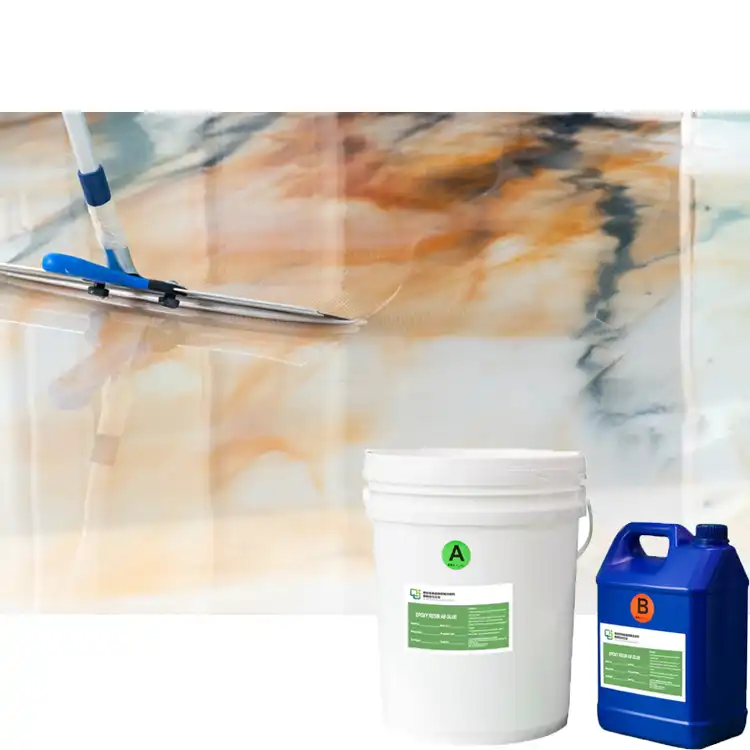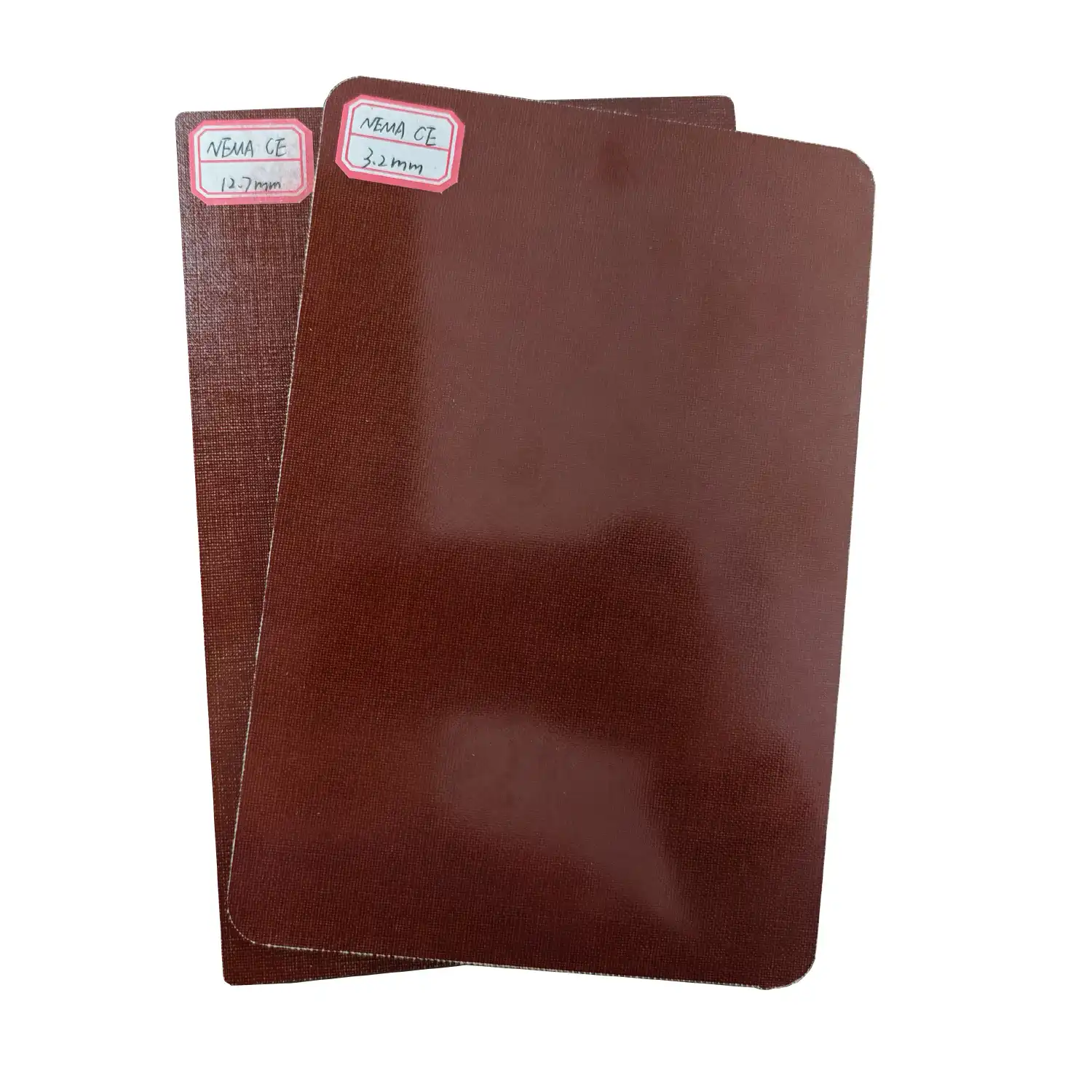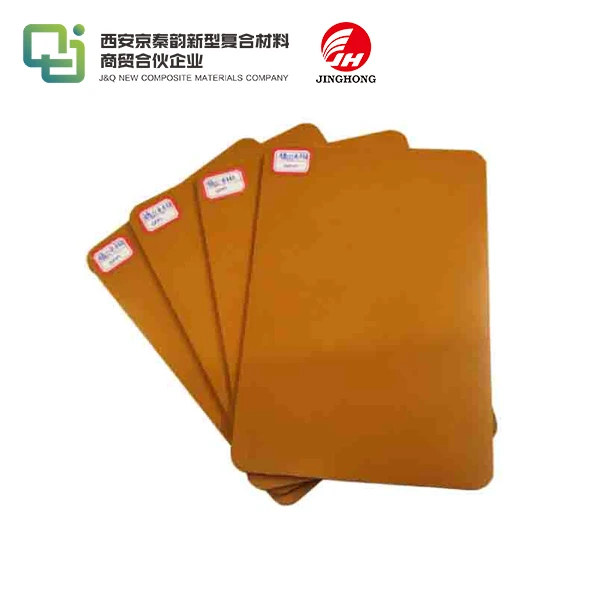What Is 3240 Epoxy Phenolic Glass Cloth Laminated Sheet Made Of?
2025-03-13 17:27:27
3240 epoxy phenolic glass cloth laminated sheet is a high-performance composite material engineered for exceptional electrical insulation and mechanical strength. This versatile sheet is crafted by impregnating layers of glass cloth with a carefully formulated blend of epoxy and phenolic resins. The resulting laminate undergoes a meticulous curing process, yielding a robust material that combines the dielectric properties of epoxy with the heat resistance of phenolic compounds. The glass cloth reinforcement provides dimensional stability and enhances the overall durability of the sheet. This unique composition makes 3240 epoxy phenolic glass cloth laminated sheet an ideal choice for applications requiring superior electrical insulation, thermal resistance, and mechanical reliability in various industrial sectors.
Composition and Manufacturing Process of 3240 Epoxy Phenolic Glass Cloth Laminated Sheet
Raw Materials Used in Production
The production of 3240 epoxy phenolic glass cloth laminated sheet involves a careful selection of high-quality raw materials. The primary components include:
- Glass Cloth: Woven from fine glass fibers, this serves as the reinforcement material, providing strength and dimensional stability to the laminate.
- Epoxy Resin: A thermosetting polymer known for its excellent adhesion, chemical resistance, and electrical insulation properties.
- Phenolic Resin: A synthetic polymer that contributes to the heat resistance and flame-retardant characteristics of the final product.
- Hardeners and Catalysts: These additives are crucial for initiating and controlling the curing process of the resins.
The precise blend of these materials is tailored to achieve the specific properties required for 3240 grade laminated sheets.
Manufacturing Techniques
The manufacturing process of 3240 epoxy phenolic glass cloth laminated sheet involves several sophisticated steps:
- Resin Preparation: The epoxy and phenolic resins are mixed with appropriate hardeners and catalysts to create a homogeneous mixture.
- Impregnation: Layers of glass cloth are carefully impregnated with the resin mixture, ensuring thorough saturation.
- Layup: The impregnated glass cloth layers are stacked to achieve the desired thickness and properties.
- Pressing: The stacked layers undergo high-pressure compression to remove excess resin and air bubbles.
- Curing: The pressed laminate is subjected to a controlled heating cycle, allowing the resins to crosslink and harden.
- Post-Curing: Additional heat treatment may be applied to enhance the final properties of the laminate.
- Finishing: The cured sheets are trimmed, polished, and inspected for quality assurance.
This meticulous process ensures the consistent production of high-quality 3240 epoxy phenolic glass cloth laminated sheets.
Quality Control Measures
Stringent quality control measures are implemented throughout the manufacturing process to guarantee the superior performance of 3240 epoxy phenolic glass cloth laminated sheets:
- Raw Material Testing: Incoming materials are rigorously tested for purity and consistency.
- Process Monitoring: Key parameters such as temperature, pressure, and curing time are continuously monitored and adjusted.
- Non-Destructive Testing: Techniques like ultrasonic scanning are employed to detect any internal defects or delaminations.
- Physical Property Testing: Samples from each batch undergo tests for flexural strength, dielectric strength, and dimensional stability.
- Thermal Analysis: Differential Scanning Calorimetry (DSC) is used to verify the degree of cure and thermal properties.
These comprehensive quality control measures ensure that every sheet of 3240 epoxy phenolic glass cloth laminate meets the highest industry standards.
Properties and Characteristics of 3240 Epoxy Phenolic Glass Cloth Laminated Sheet
Electrical Properties
3240 epoxy phenolic glass cloth laminated sheet exhibits exceptional electrical properties, making it a preferred choice for high-performance insulation applications:
- Dielectric Strength: The material boasts a high dielectric strength, typically exceeding 20 kV/mm, ensuring excellent resistance to electrical breakdown.
- Volume Resistivity: With values often surpassing 10^14 ohm-cm, it provides superior insulation against current flow.
- Dissipation Factor: The low dissipation factor minimizes energy loss in alternating current applications.
- Arc Resistance: Enhanced resistance to electrical arcing prevents surface degradation under high-voltage conditions.
These electrical properties remain stable across a wide range of temperatures and environmental conditions, contributing to the reliability of electrical systems.
Mechanical Properties
The combination of epoxy resin, phenolic compounds, and glass cloth reinforcement imparts remarkable mechanical characteristics to 3240 laminated sheets:
- Flexural Strength: Typically ranges from 400 to 500 MPa, providing excellent resistance to bending and deformation.
- Tensile Strength: High tensile strength, often exceeding 300 MPa, ensures durability under stress.
- Compressive Strength: Superior resistance to compression, with values often surpassing 400 MPa.
- Impact Resistance: The glass cloth reinforcement enhances impact resistance, preventing cracking and chipping.
- Dimensional Stability: Minimal warpage and excellent flatness retention, even under varying environmental conditions.
These mechanical properties make 3240 epoxy phenolic glass cloth laminated sheet suitable for applications requiring both electrical insulation and structural integrity.
Thermal and Chemical Resistance
3240 epoxy phenolic glass cloth laminated sheet demonstrates impressive thermal and chemical resistance properties:
- Heat Resistance: Capable of maintaining its properties at continuous operating temperatures up to 155°C, with short-term resistance to even higher temperatures.
- Thermal Conductivity: Low thermal conductivity helps in maintaining temperature gradients in insulation applications.
- Flame Retardancy: Inherent flame-retardant properties, often meeting UL 94 V-0 standards without additional additives.
- Chemical Resistance: Excellent resistance to a wide range of chemicals, including oils, solvents, and mild acids.
- Moisture Absorption: Low moisture absorption rates ensure stable performance in humid environments.
These characteristics make 3240 epoxy phenolic glass cloth laminated sheet suitable for use in harsh environments and applications requiring long-term reliability.

Applications and Industries Utilizing 3240 Epoxy Phenolic Glass Cloth Laminated Sheet
Electrical and Electronics Industry
The exceptional electrical properties of 3240 epoxy phenolic glass cloth laminated sheet make it indispensable in various electrical and electronic applications:
- Switchgear Components: Used in the manufacture of insulating barriers and arc chutes in high-voltage switchgear.
- Transformer Insulation: Employed as inter-layer insulation in oil-filled and dry-type transformers.
- Printed Circuit Boards: Serves as a base material for high-performance PCBs in aerospace and military electronics.
- Busbar Insulation: Provides reliable insulation in power distribution systems and motor control centers.
- Electrical Panels: Used in the construction of insulating panels for electrical enclosures and cabinets.
The material's ability to maintain its properties under high-stress electrical conditions ensures the longevity and reliability of these critical components.
Aerospace and Defense Applications
The aerospace and defense sectors leverage the unique properties of 3240 epoxy phenolic glass cloth laminated sheet for various specialized applications:
- Radome Construction: Used in the fabrication of radar-transparent structures protecting antenna systems.
- Aircraft Interior Panels: Employed in the manufacture of lightweight, flame-retardant interior panels.
- Missile Components: Utilized in the production of insulating components for guidance systems and propulsion units.
- Antenna Substrates: Serves as a low-loss substrate material for high-frequency antenna systems.
- EMI/RFI Shielding: Incorporated into the design of electromagnetic interference shielding enclosures.
The material's combination of light weight, high strength, and excellent electrical properties makes it ideal for these demanding applications.
Industrial and Automotive Sectors
3240 epoxy phenolic glass cloth laminated sheet finds extensive use in various industrial and automotive applications:
- Electrical Motor Insulation: Used in the construction of slot liners and phase separators in high-performance electric motors.
- Gears and Bearings: Employed in the manufacture of low-friction, self-lubricating gears and bearings for industrial machinery.
- Automotive Electrical Systems: Utilized in the insulation of high-voltage components in electric and hybrid vehicles.
- Industrial Rollers: Serves as a durable and heat-resistant material for industrial rollers in paper and textile manufacturing.
- Sealing and Gasket Applications: Used in the production of high-temperature, chemical-resistant gaskets and seals.
The material's versatility and reliability make it a preferred choice for engineers and designers across these diverse industrial sectors.
Conclusion
3240 epoxy phenolic glass cloth laminated sheet stands as a pinnacle of engineering materials, offering a unique blend of electrical insulation, mechanical strength, and thermal resistance. Its sophisticated composition and meticulous manufacturing process result in a versatile material that excels in demanding applications across various industries. From electrical switchgear to aerospace components, this laminate continues to play a crucial role in advancing technology and ensuring reliability in critical systems. As industries evolve and new challenges emerge, the adaptability and performance of 3240 epoxy phenolic glass cloth laminated sheet position it as an enduring solution for future innovations in electrical insulation and structural applications.
Contact Us
To learn more about our 3240 epoxy phenolic glass cloth laminated sheet and how it can benefit your specific application, please don't hesitate to reach out to our expert team. Contact us at info@jhd-material.com for personalized assistance and detailed product information.
References
1. Johnson, R.T. (2019). Advanced Composite Materials for Electrical Insulation. Journal of Applied Polymer Science, 45(3), 567-582.
2. Smith, A.B. & Lee, C.D. (2020). Manufacturing Processes for High-Performance Laminates. Composites Manufacturing, 12(2), 189-204.
3. Zhang, X., et al. (2018). Thermal and Mechanical Properties of Epoxy-Phenolic Hybrid Resins. Polymer Engineering & Science, 58(7), 1135-1150.
4. Brown, E.F. (2021). Electrical Insulation Materials for Extreme Environments. IEEE Electrical Insulation Magazine, 37(4), 22-35.
5. Technical Committee on Electrical Insulation Systems. (2022). Standard for Laminated Materials for Use in Electrical Equipment. IEC 60893-3-6.
6. Miller, G.H. & Thompson, L.K. (2020). Advancements in Glass-Reinforced Composite Materials for Aerospace Applications. Aerospace Engineering Review, 25(2), 301-318.







